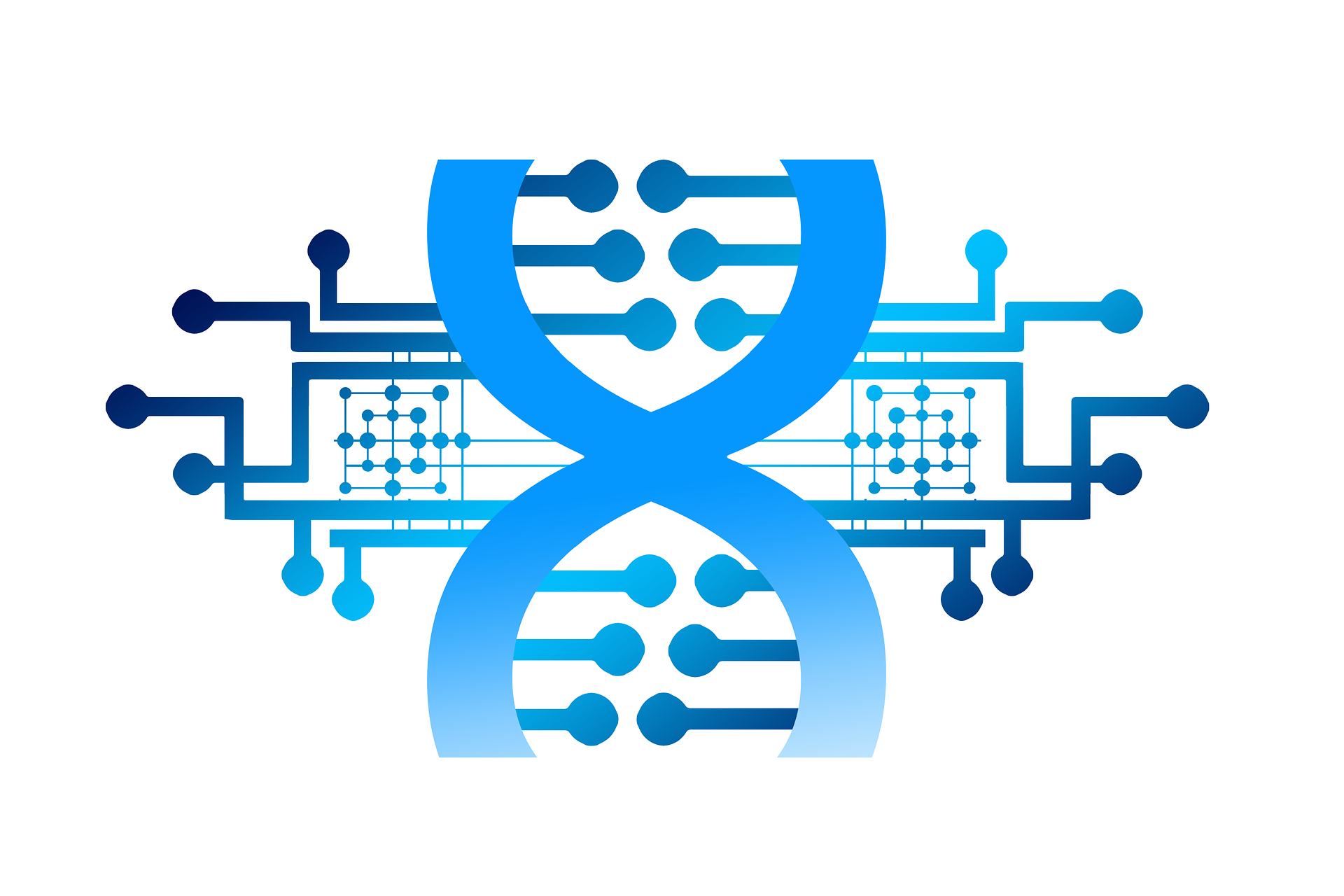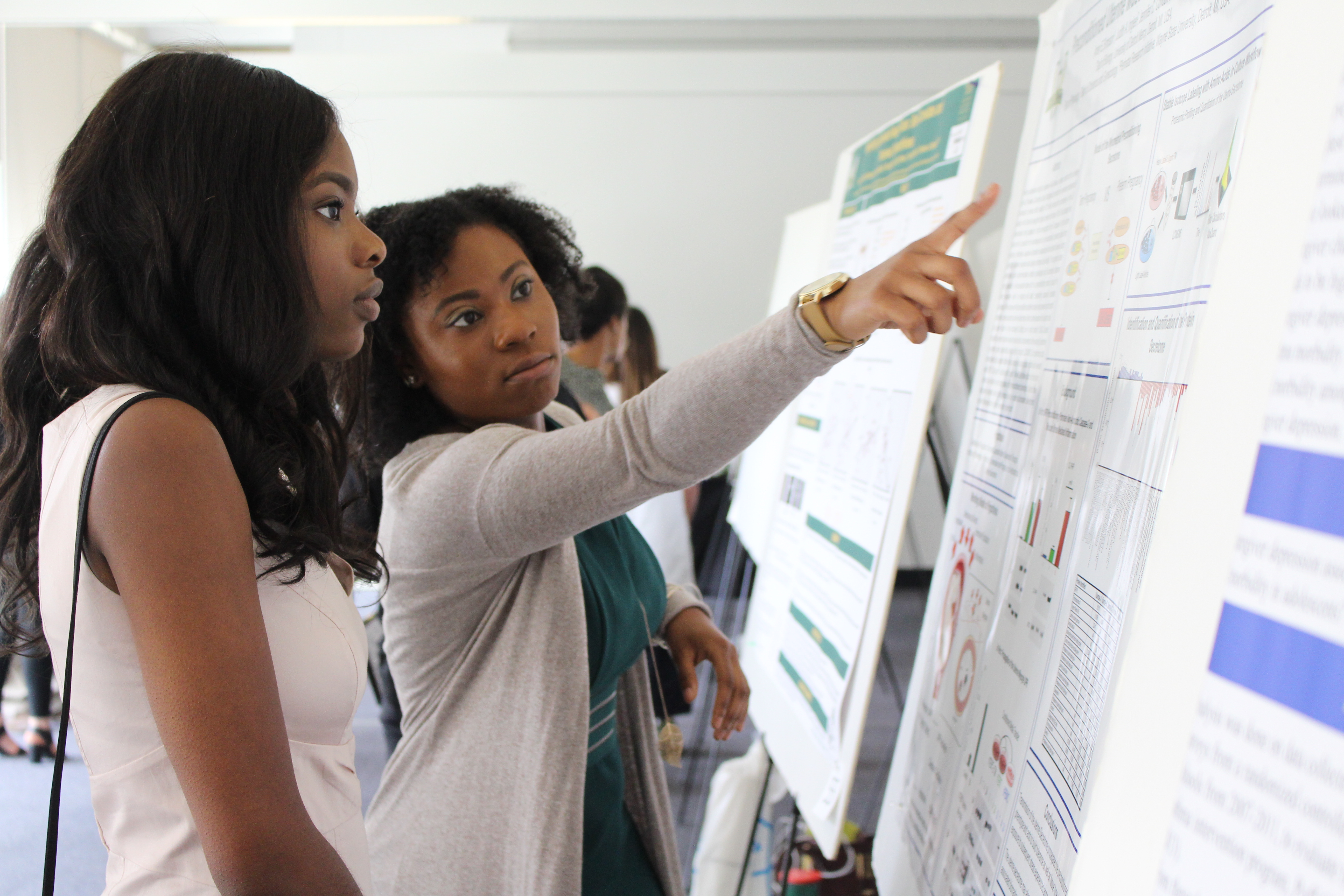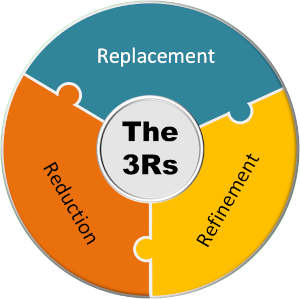The methods featured on this page fall into the categories of in vitro, in chemico, or in silico models. These involve testing methods that utilize human tissues, microphysiological systems (MPS), benchtop laboratory equipment, computer simulations, artificial intelligence (AI), or similar approaches to explore scientific questions without the use of a living organism. Some approaches, called "combinatorial" approaches, utilize multiple methods. "NAMs" is an acronym that serves as an umbrella of many similar terms for these same concepts. Some of the various definitions across agencies and nongovernmental groups have included:
- New Approach Methodologies
- Non-Animal Models
- Novel Alternative Methods
...and many more!
The U.S. Government Principles, which are incorporated into the PHS Policy, state that "[p]rocedures involving animals should be designed and performed with due consideration of their relevance to human or animal health, the advancement of knowledge, or the good of society." (Principle II) Further, they clarify that "[t]he animals selected for a procedure should be of an appropriate species and quality and the minimum number required to obtain valid results. Methods such as mathematical models, computer simulation, and in vitro biological systems should be considered." (Principle III) The use of alternatives in translatable research, where scientifically appropriate, has been a core principle of animal use for a long time. The consideration of alternatives to replace animal models is one of three core principles of responsible animal use called the 3Rs. They include:
- Replacement: Use of alternatives to animal models
- Reduction: Use of methods that allow for fewer animals to be used.
- Refinement: Use of methods that improve animal welfare by minimizing pain and distress
The concepts underlying these 3Rs have been incorporated into the Guide for the Care and Use of Laboratory Animals (first published with NIH support in 1963) and the PHS Policy from the earliest stages. Sometimes "NAMs" is used interchangeably with the term "alternatives" in the context of complete replacement of an animal model. However, it is important to remember that NAMs are not the only alternatives in biomedical research. Alternatives that reduce animal use, refine established procedures, and elevate animal welfare in existing practices are also part of responsible animal use.
















